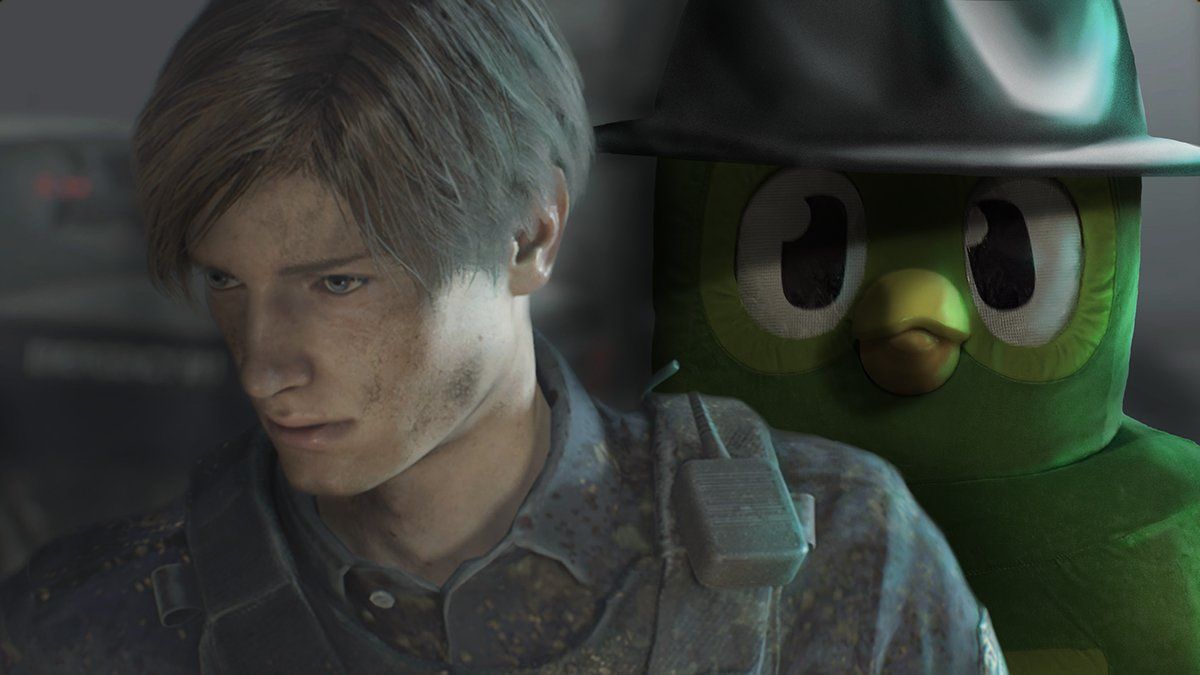Embrace the challenge of learning a new language! It's not just about words—it's about expanding your mind and spirit! As we dive into the fascinating world of estimating Celsius and understanding mental metrics, remember that every little step counts. Don't let the struggle of translation hold you back; instead, let it propel you forward! Remember, every mistake is a stepping stone to mastery! Keep your spirits high and your determination stronger! You’ve got this!
#LanguageLearning #PositiveVibes #Motivation #Celsius #MentalMetrics
#LanguageLearning #PositiveVibes #Motivation #Celsius #MentalMetrics
🌟 Embrace the challenge of learning a new language! 🌍 It's not just about words—it's about expanding your mind and spirit! 💪✨ As we dive into the fascinating world of estimating Celsius and understanding mental metrics, remember that every little step counts. Don't let the struggle of translation hold you back; instead, let it propel you forward! Remember, every mistake is a stepping stone to mastery! Keep your spirits high and your determination stronger! You’ve got this! 🚀💖
#LanguageLearning #PositiveVibes #Motivation #Celsius #MentalMetrics
1 Comments
·0 Shares
·0 Reviews
















